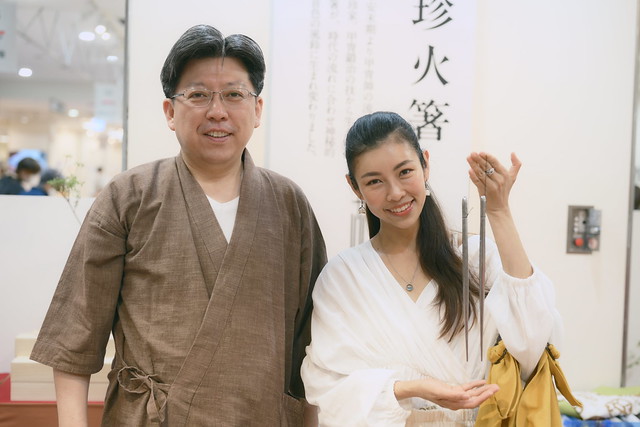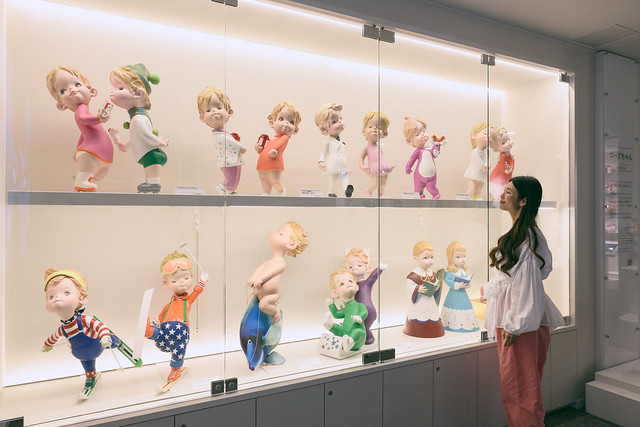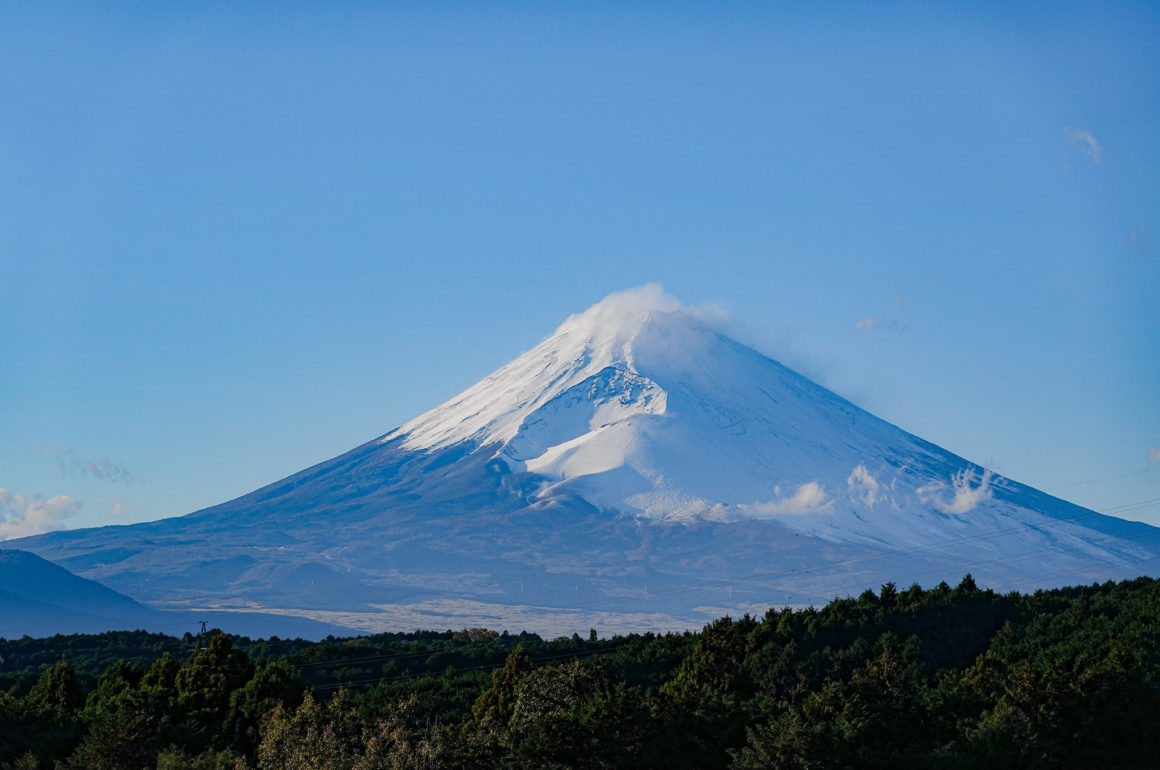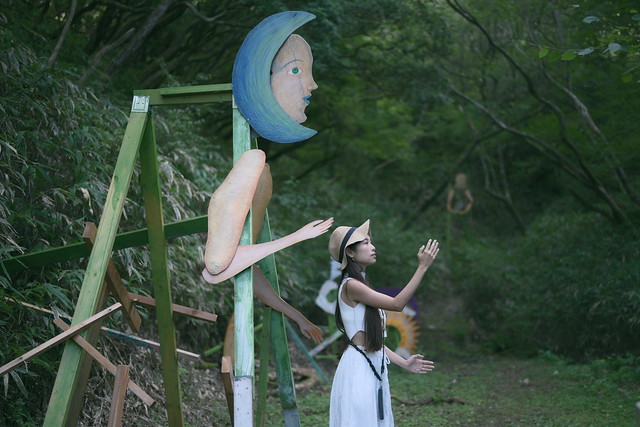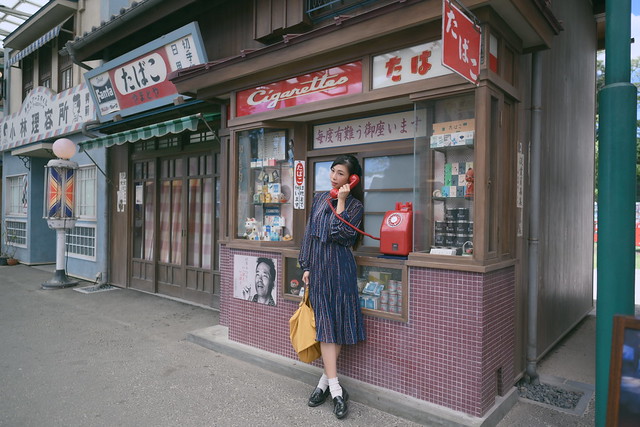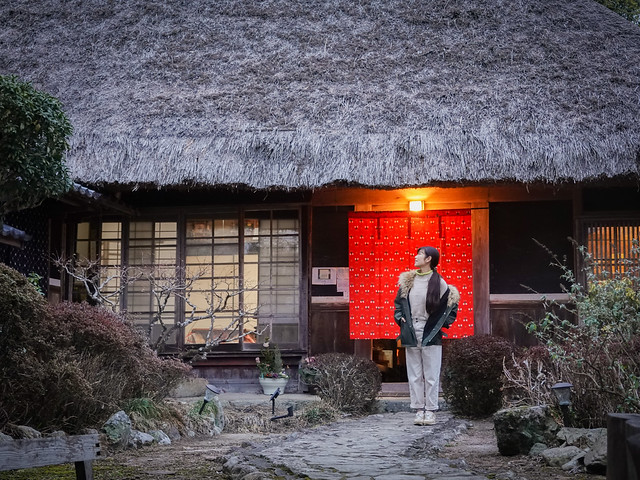
How many of you have actually heard of the region “Hanshin-Kita”? Being a self-professed Japan addict who has traversed many grounds off the beaten path of all 47 prefectures, I am ashamed to admit that it too, missed my radar.
Please bear with me for a second to get the semantics out of the way: the word “Hanshin” (阪神), is taken from the second word from Osaka (大阪) and the first kanji from Kobe (神戸), and in “onyomi” (okay let’s not get there today) pronunciation it makes the word “Hanshin”. The world generally refers to Osaka, Kobe and the surrounding areas in between these two cities in Kansai.
“Hanshin-Kita” is the northern part of this region, divided into five subsections, all of which are located in Hyogo Prefecture. Given its proximity to the tourist hub Osaka rather than Hyogo’s capital Kobe, many may have mistakenly assumed that it is part of Osaka Prefecture.
The five subsections are: Takarazuka City, Itami City, Inagawa Town, Kawanishi City and Sanda City. We have already covered the attractions of Takarazuka City and Itami City in earlier articles, today let’s take a dive into the other three under-appreciated spots and find out what they have to offer.
Inagawa Town
Inagawa Town is so off the mainstream tourist radar you can barely find any information on the internet, but that doesn’t mean it lacks any allures. In fact, I found some of my favorite hidden gems here, and first, let’s visit Seishikan, a registered National Tangible Cultural Property.

Seishikan in Inagawa Town.
This former Tomita Family Residence, now a town-owned property, is built by the wealthy merchant Kumasaku Tomita in 1932. Breathing an air of yesteryear nostalgia, you can find several curious warehouses built for various purposes–A “himuro” that serves as natural refrigerator, and another five more for firewoods, charcoal, miso, farming tools and even an entire kura for apparels!

How yesteryear’s kitchen looks like.

The original bathtub. Looks like a scene out of an anime!
One of the best ways to appreciate Seishikan is to take a quick hike up the hilltop where you can get a bird’s-eye view of the layout of the entire residence, especially its impressive thatched-roof that is extremely laborious to built.
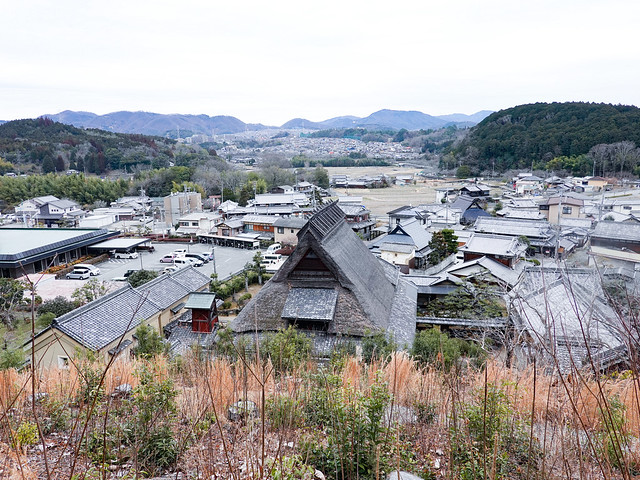
Be rewarded with this view if you bother hiking just 3 minute up a small hill.
The second treasure I am very pleased to have discovered is “Irori Chaya Sato no Ie“, a 350-year-old former samurai residence turned restaurant that is brimming with old world charm.

Irori Chaya Sato no Ie, Inagawa Town.
The owners welcomed us with warm tea by the irori (Japanese-style hearth), one of my favorite things in Japan especially during winter time! Relax yourself into the warmth of firewoods and more so, of the hosts, who are eager to show off their hospitality by bringing you a delicious “botan nabe“–wild boar hot pot and other local cuisine.

Nothing beats sitting around the irori on a cold winter day with such a feast spread in front of you.
Although looking extremely fatty, the roast boar belly was supremely tasty without overly cloying your tastebuds. It was well worth the visit in my experience.
If you prefer something light, and since Inagawa Town is an excellent producer of buckwheat, do swing by “Soba no Yagata“, a roadside station and restaurant to savour a piping bowl of homemade “jyuwari soba” (soba made of 100% buckwheat flour).

My “niku soba”. Japan: a place where expectation and reality match.

A soba vending machine so anyone can have a fill of the delicious noodles outside of operating hours.

“Inabo”, a wild boar and mascot of Inagawa Town.
Kawanishi City
The second city we will explore is Kawanishi City, another suburb locale that hardly makes it to international tourists’ itinerary.
We visited Kurokawa Community Center, a former elementary school constructed back in the Meiji Period but was forced to close 50 years ago due to depopulation. Half a century later, they still never manage to welcome any new students. Instead the hall serves as a space for visitors to enter a realm of nostalgia from a distant past…

Corridor of former Kurokawa Elementary School just as it was back in the days.

Relishing the Japanese school atmosphere.
Tada Shrine is another attraction in the neighborhood, which in itself has lots of stories to tell.

Tada Shrine, Kawanishi City.
Lest I delve too deep into the endless rabbit hole, know that this historic shrine founded in 970 by shogun Minamoto no Mitsunaka is one of the Three Genji Shrines with a close tie to Seiwa Genji, a line of the legendary Minamoto clan that is descended from Emperor Seiwa. Five commanders of the samurai warriors of the Genji family are enshrined here.
Many of the progenies who claimed descent from this lineage would then go on to make some of the greatest warriors in Japanese history, including Minamoto no Yorimoto (founder of the Kamakura shogunate), Ashikaga Takauji (founder of the Ashikaga shogunate) and later on, Tokugawa Ieyasu (founder of the Tokugawa Shogunate). If you read Japanese, you can find a signboard of a family tree of the Seiwa Genji at the back of the shrine.

A lucky frog and the mausoleum of Minamoto no Mitsunaka.
Other allures in the city include Myoken Forest, which is said to be ultra gorgeous in autumn time, and the Kurokawa Cherry Forest where the endangered wild Edo Higan blooms elegantly in spring.
Sanda City
Lots of tantalizing gourmet experiences are waiting for you to discover in Sanda City, and if I must choose one, it has to be Sanda Beef. When it comes to voluptuously marbled beef, Hyogo Prefecture is never short of internationally recognized contenders. Many of you may have already had the chance to savor the eternally popular Kobe Beef and Tajima Beef. However, Sanda Beef which is proudly produced by the locals in Sanda City remains humbly unknown despite its supreme quality.

Drop by Aiya, a farm-to-table restaurant which is owned by the same butcher and rancher, ensuring the finest quality at an affordable price. Now you know the secret to enjoying premium beef that’s wallet-friendly!

Mouth-watering Sanda steak on a hot stone grill.
Finally before you leave, do drop by Any Many, an old kimono shop turned stylish bakery (and yakitori bar at night) to grab some homemade pastries for your train ride to your next adventure.

“Any Many”, Sanda City.

A gallery-like display of the pastries. (Yes, they are real!)
Often missed off popular itineraries in favor of bustling Osaka and Kobe, Hanshin-Kita is a treasure trove of untouched gems. I assure you that the region has many surprising treats in store for those that do decide to stop by.
PS: If you enjoy this article or find it helpful, it would mean the world if you could help me support Japan by buying a daikon!


